“A New Member of the M Family!”, shouted the marketing hyperbole in the run-up to the awkward, slightly wooden launch of the Leica M10-R, streamed live on YouTube back in 2020. Yada yada yada, I thought to myself.
It’s all just selling. Bigger numbers must be better, so ditch your current Leica and herald 40 million pixels that nobody asked for, megapixels that great swathes of photographers will never need. Slower in-camera processing, poorer battery life, more severe vignetting, monstrous file sizes to add molasses to the computer, and no perceptible, creative advantage. Heard it all before.
Pixel gannets
People tell me all the time that it’s so useful for cropping. Cropping! Cropping! Have you seen those raggedy black lines around the world’s best photojournalism? They represent the whole intact image, as seen live and in real-time by the eye of the camera. That black frame says, purposefully, “I do not crop, this image is true, it has integrity and purity of vision”. Cropping, on the other hand, represents an anarchic free-for-all. Where is the discipline, the arranging of elements, the juxtaposition, the tension of that discovered, fleeting moment? What has become of the entire raison d’être of those frame-lines in our beloved viewfinder?
Or, the argument goes, “You’ll need all those pixels for big prints”. How big do you print? I’m going to hazard a guess that fewer than one in a hundred Leica shooters have ever seen an A2 print of their best images, let alone a poster or billboard. Most of us shoot and share online. Some will make lovely books or present on other paper matter.
A full-bleed double-page spread in a printed magazine typically looks good and crisp at around 12MP. 12! 24MP already seems quite obese to me. I travelled the world for a little while in the noughties with a 12MP Nikon D3. The pictures are as good today. They haven’t shrunk or deteriorated in the light of the new sensor technologies. They do not cry out for more pixels.
The sweet spot
The fly in the ointment for the extra-resolution-equals-extra-detail formula is viewing distance. Before the ubiquitous screen, we could never look at an image at 100% without a loupe. 500% was beyond our wildest dreams. Now, you can see the dots in the date on the postmark of a letter on the faraway mantelpiece in a grand country house dining room – on the screen. But to view that image on a wall, at that same level of enlargement, you would need to stand across the road from it. Pixel peeping? Get over it!
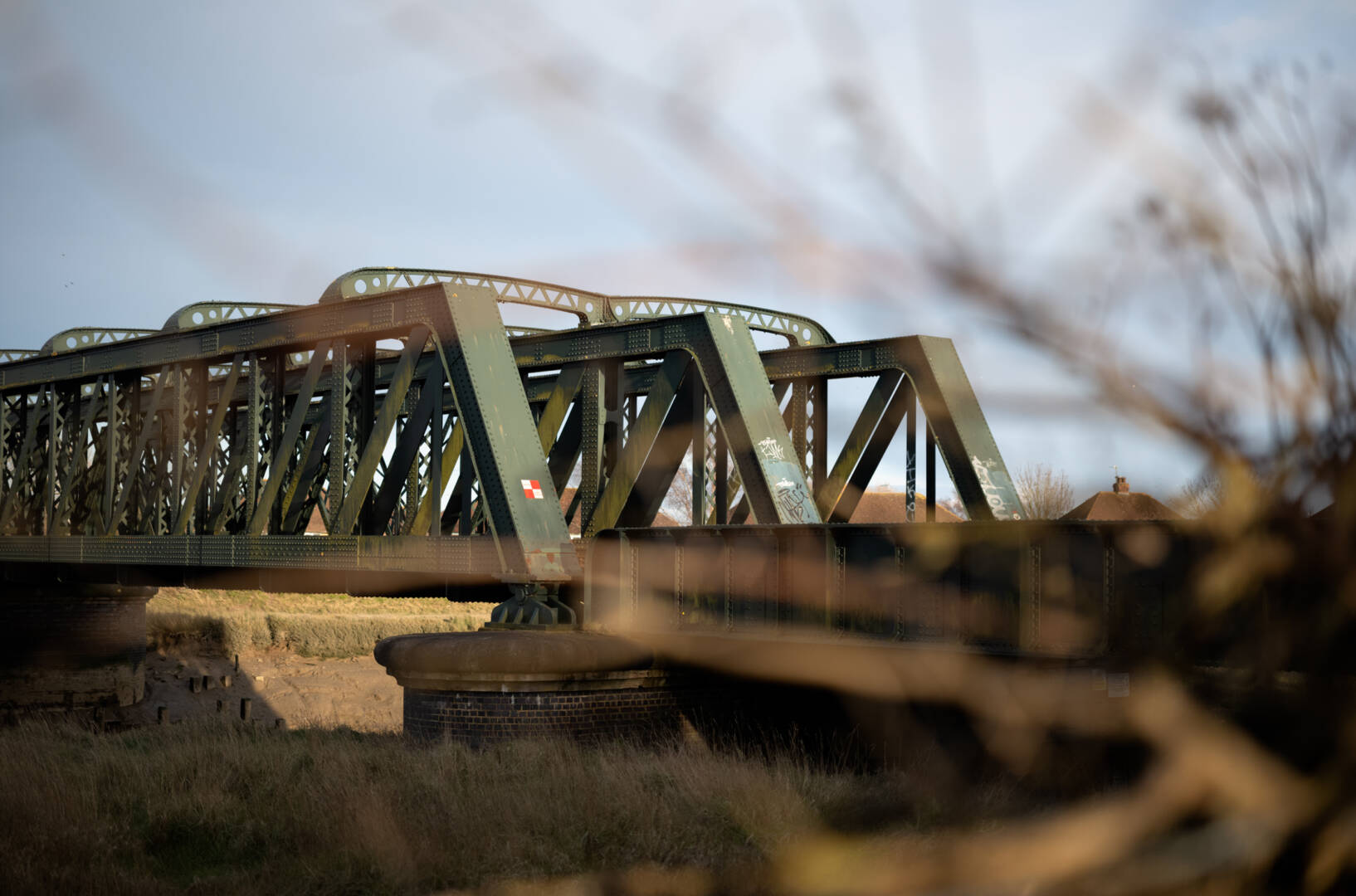
Then came the December launch of the blacked-out SL2-S. This caught my interest. Here was the love child of the SL and SL2. The original camera, now paired with all those useful, contemporary features such as IBIS, low noise at high ISO and the newer viewfinder, yet miraculously freed from the burden of 47MP. I felt the weight fall from my shoulder and promptly side-graded to the stealthy lump, putting my money where my mouth is. M10-P, SL2-S and the invincible Q-P. The gang of three, all at that sweet-spot pixel count.
Too much TV
February: Another lockdown, doubling the misery of the bleakest month of the year. As I lounged nocturnally, slowly fattening on the sofa, YouTube beckoned and, little by little, I was lured into multiple reviews of the M10-R. I sat to attention, ears pricked, eyes on (literally) red alert. These images were seriously different to my Leica files. They were glassine, filmic, magical, even on the lo-res of a domestic TV. I felt the panic rise, the panic caused by that rift between unnecessary spending and the absolute realisation that sometimes (and only sometimes), there is genuinely ‘better’ available.
Jono made me do it
I negotiated with myself, committed to examining all the M10-P work from the last year, looked with fresh eyes at the dynamic range and noiselessness of the M10M, denied the burnt-out highlight detail of both cameras, paced up and down, became irritable and tense. Then I spoke to Jono (Slack). “Fuck yes!” he said. Just that. I quizzed him further. “That’s what I said when I saw the first M10-R file appear on the screen….”
I zoned out after that, getting busy ordering one, juggling the finances, putting both the M10-P and M10M on eBay at highly inflated prices in case I changed my mind later.
Technicolor
Three months in, and I have cracked the code of what the R stands for. Leica will suggest, in the Sony vernacular, that the R is for resolution. But after countless man-hours of fearless research, I can reveal the truth, here, now, for the first time. The correct name for this M is M10-Rückhaltlos – uncompromising, complete, implicit. Frankly, the “10” could be dropped: The M-R. With this sensor, the M has completed the transition from top-of-the-tree status in film days to the exact expression of that same endeavour for this binary age.
As a teenager, I was suspended from school for dying my hair. “Field is now appearing in Technicolor!” boomed Mr Bailey to the trembling assembly. The same can be said for the M10 Monochrom (which has now left the building). That same velvet tonality is here now, with a palette I have never seen before. I am unashamed to admit that this camera has literally brought me to tears with the beauty of the world. Not the world, but its world, where I would choose to live.
I have shot over 6,000 images in the last few weeks and, at all times, the pictures improve on reality without that improvement being identifiable or obvious. It is discreet and delicate in its render with all the sweeping gradation and three-dimensional sculpting of the Monochrom and the highlight control of the SL2-S. It has a properly low base ISO of 100 and loves the best of Leica lenses (especially the APO variants from 35mm to 135mm), but I’m currently besotted with the tiny Elmarit 28mm, one of the very smallest Leica lenses.
The M11
From where I stand now, with limited future vision, I worry for the M11 (not that nasty motorway to Essex, which should be enough in itself for Leica to skip that number).
I hope they don’t pursue the race for ever greater megapixels, and if they do, I hope they don’t put it at the front of the campaign which, in the case of the M10-R, cost me many months of misconception. Had it been sold on its genuine merits, I would have bought one on launch.
My guess is the upgrades for the next M might be useful, like buffer size and speed, electronic shutter or weather sealing. Unlike the SL to SL2 transition, I expect there is little appetite for popularisation: no flippy screen, no IBIS, no indentation to counteract the slippery bar-of-soap haptics. (I recently had to buy the OG SL again for its simple brutalist design; I need only look at it to feel like a “real” photographer!)
I am no longer much of a working pro. I have the privilege of choosing and using kit that makes (or lets) me feel like an artist, though I still find it hard to think of myself as that. From this new perspective, my requirements are not what they were.
The cameras I use now are for me, and I value cathexis – the investment of emotional energy in an object or idea. I value feeling bonded to the instrument I take out to encourage those Zen moments where the light, the subject, my heart, hand and eye join up to make something that matters – to me.
As the commercials warn, your mileage may vary. But to this end, I am committed to simple, elegant equipment that is good at getting out of the way. As it stands, this means the M10-R is centre stage and leaves me wanting little.
If pressed, I will confess my M11 wish-list: I hope that Leica keep this sensor and go on to squeeze more out of it in the imaging pipeline (if that is even possible). I ask that they finally let go of the throwback bottom plate and that we are given the fat SL battery, with its gun-cocking chic.
Next, I would be thrilled to find a bespoke, svelte, eye-res EVF that is pleasant to use and that Peter Karbe himself would prefer to the current Lego-designed Visoflex. And to finish up, I hope they do none of the above, so I that can stop buying new and improved shiny things and be quietly left alone with my current, red-dotted, uncompromising, complete and implicit M.
Gripping stuff
This compact and very efficient grip from kamerakraft.com
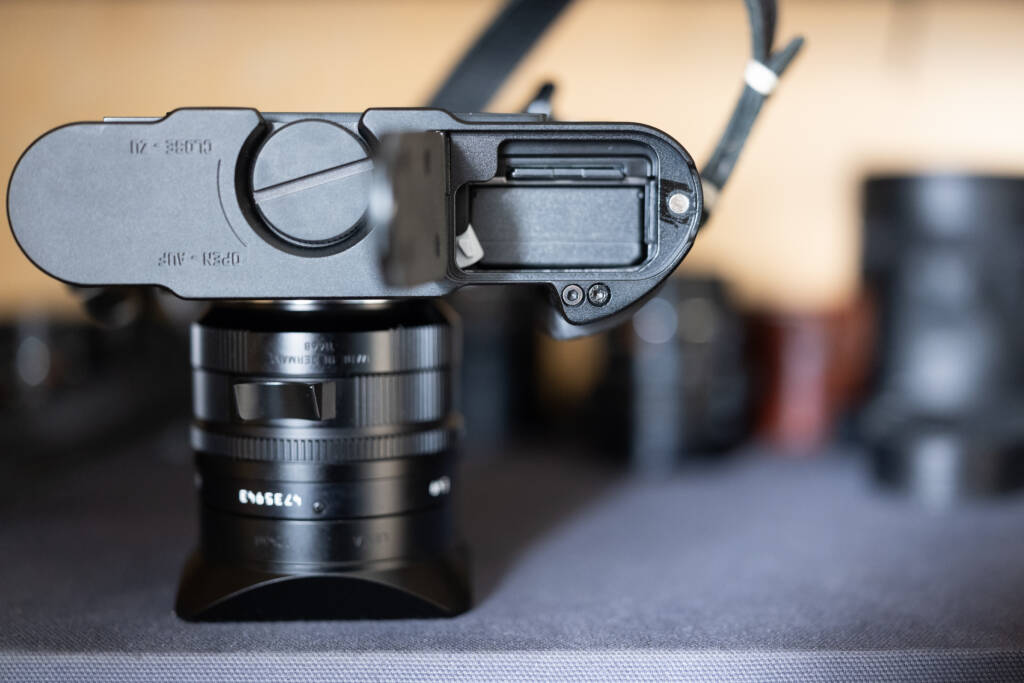
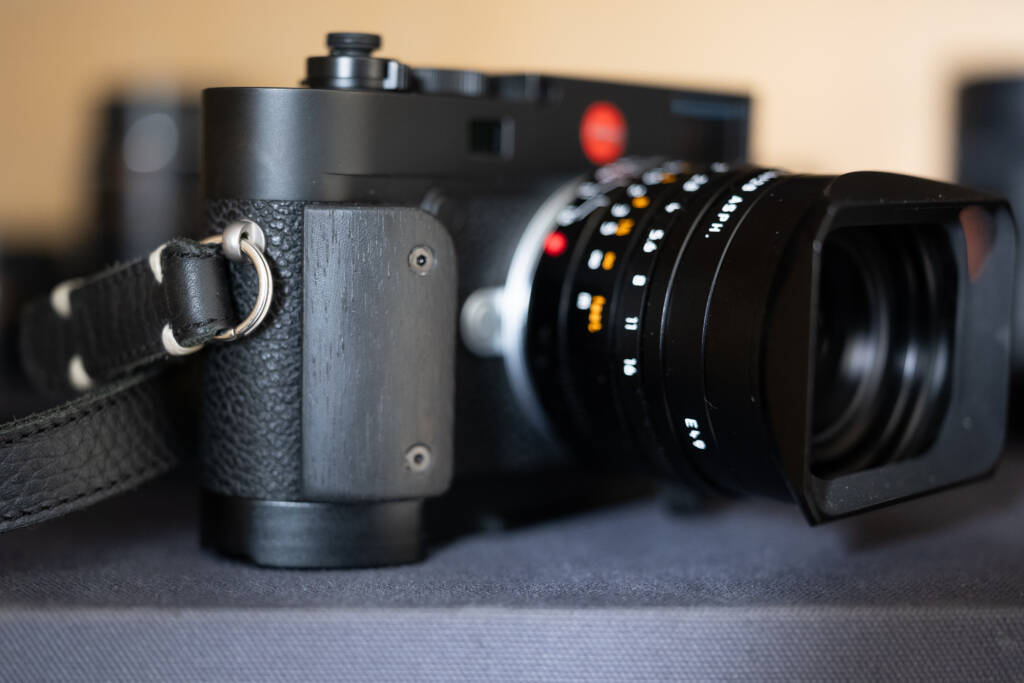
Read more from Roderick Field
Visit Roderick’s website and on Instagram @field.works
And this is what Roderick does for a day job…
All images ©Roderick Field | Locations in the Rye and Dungeness area of the East Sussex coast of England
Join the Macfilos subscriber mailing list
Our thrice-a-week email service has been polished up and improved. Why not subscribe, using the button below to add yourself to the mailing list? You will never miss a Macfilos post again. Emails are sent on Mondays, Wednesdays, and Fridays at 8 pm GMT. Macfilos is a non-commercial site and your address will be used only for communications from the editorial team. We will never sell or allow third parties to use the list. Furthermore, you can unsubscribe at any time simply by clicking a button on any email.


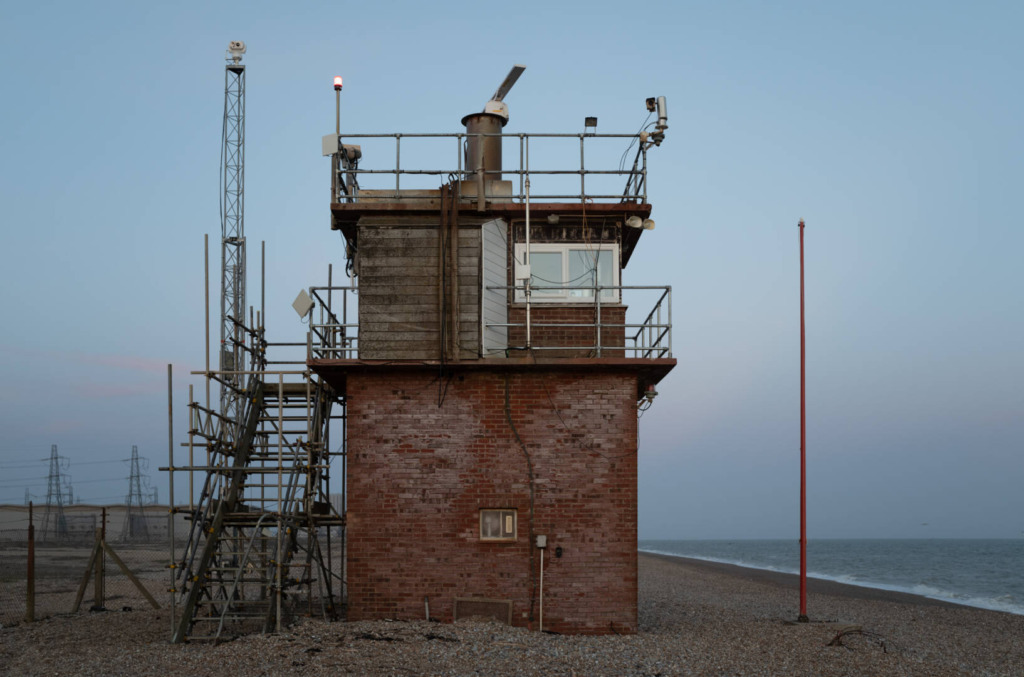
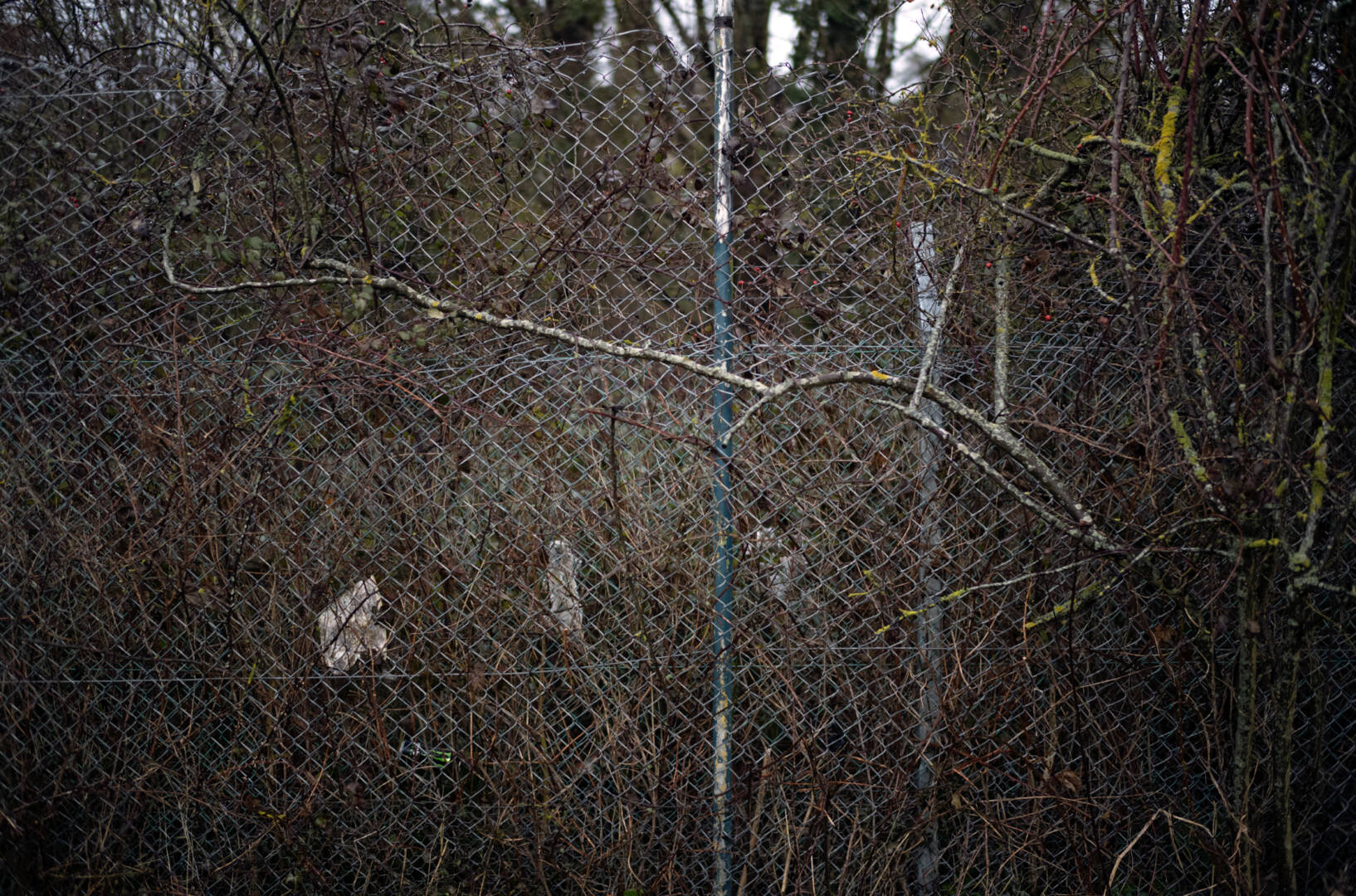
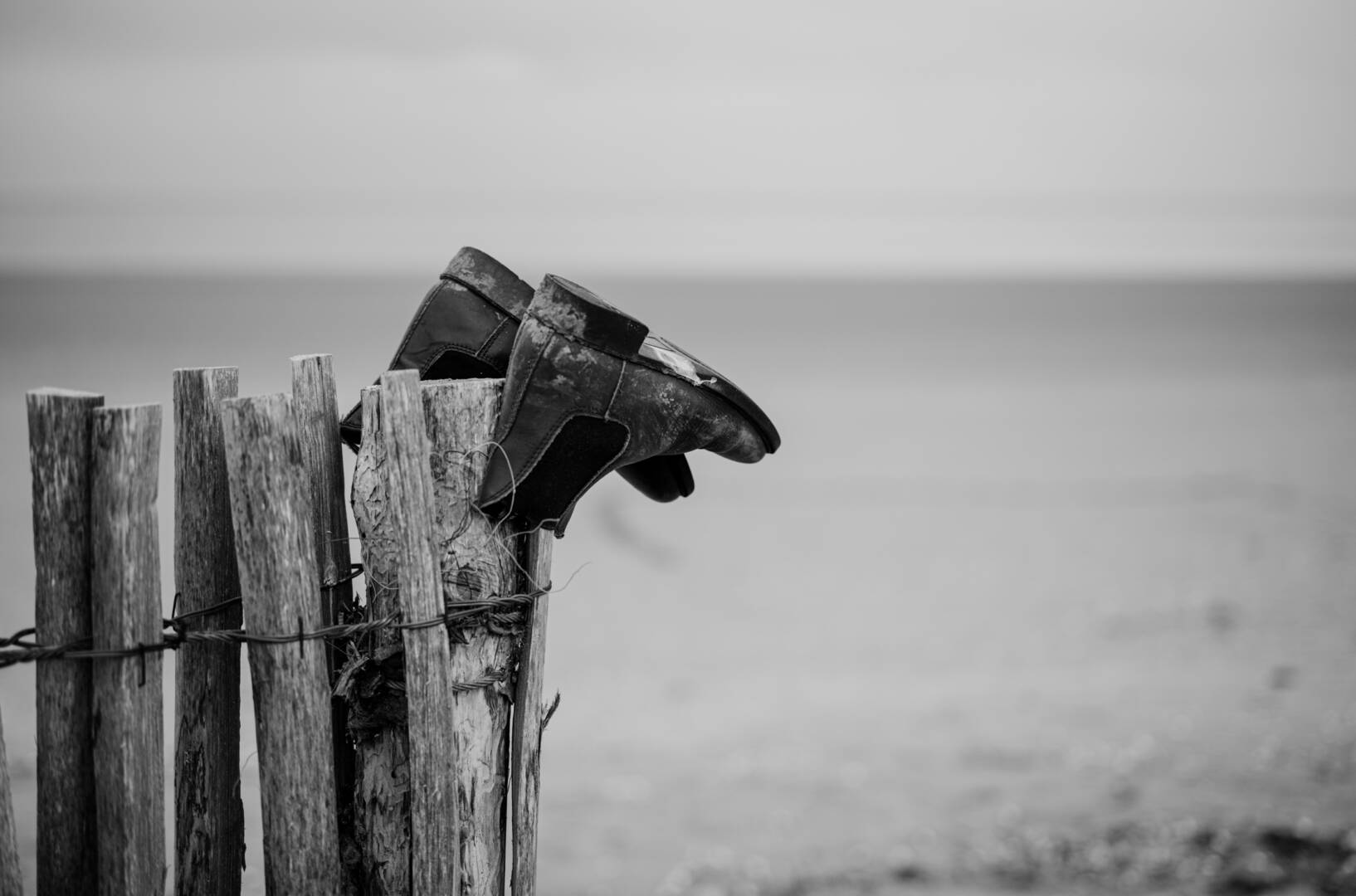
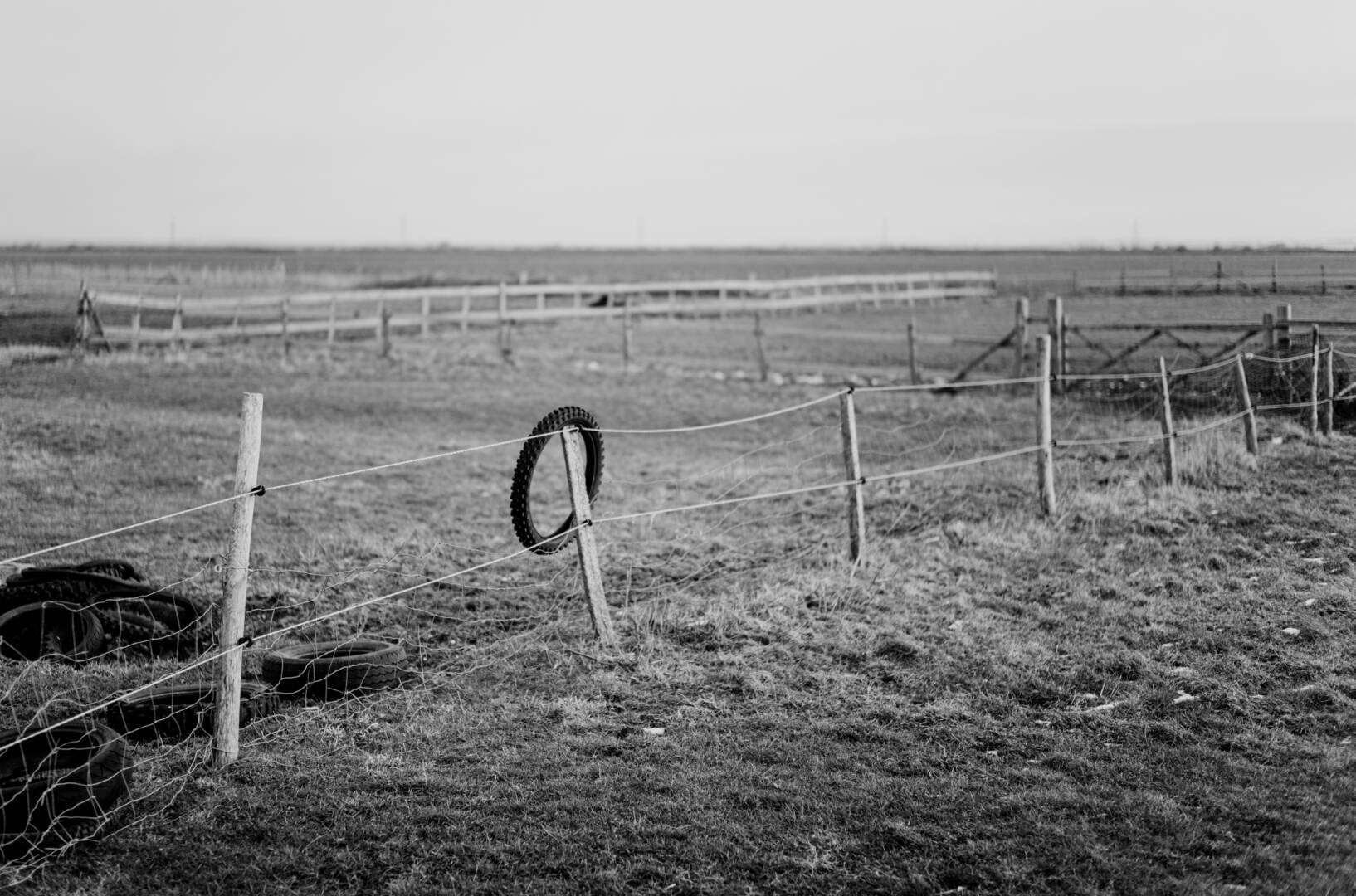
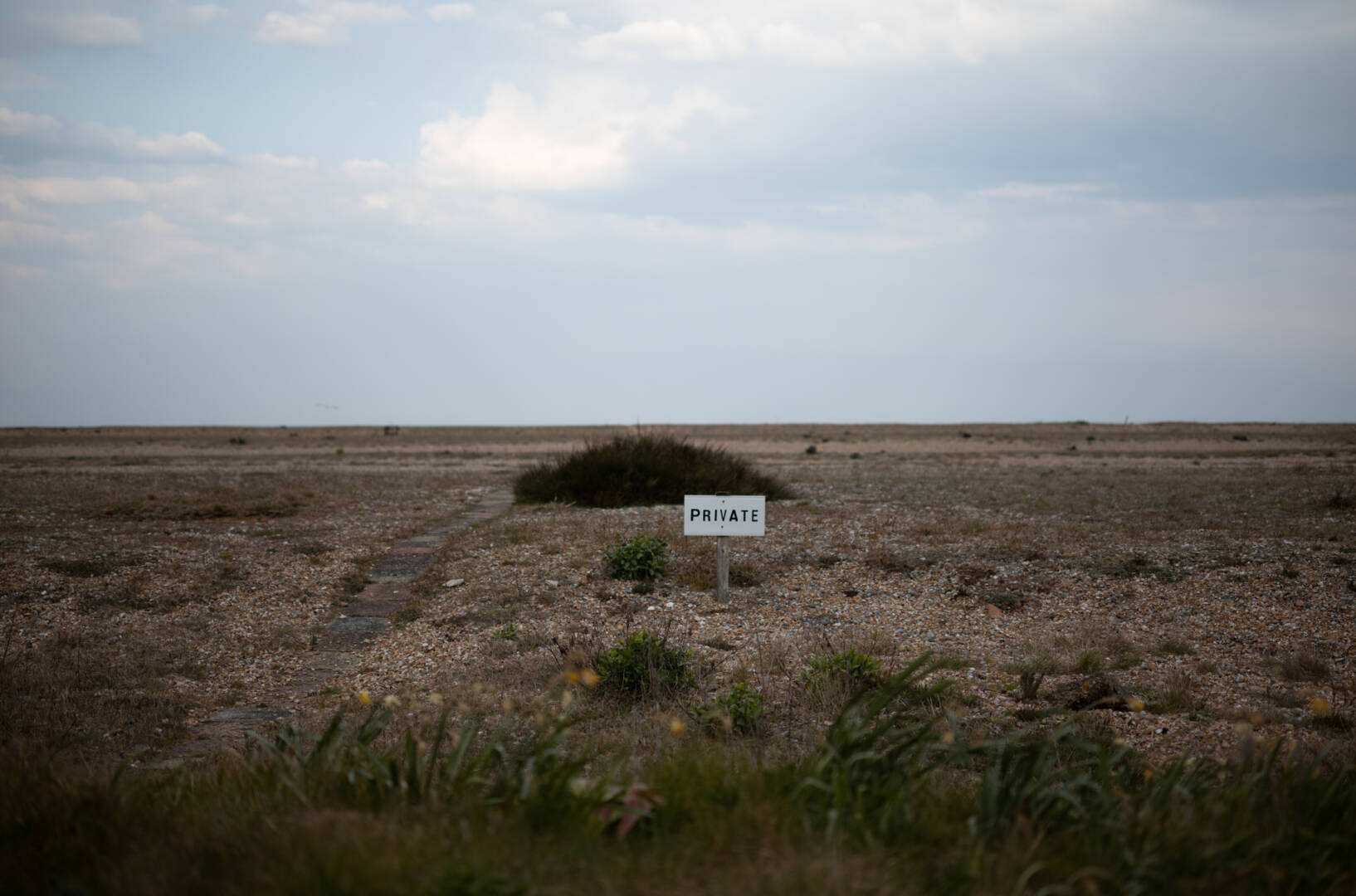
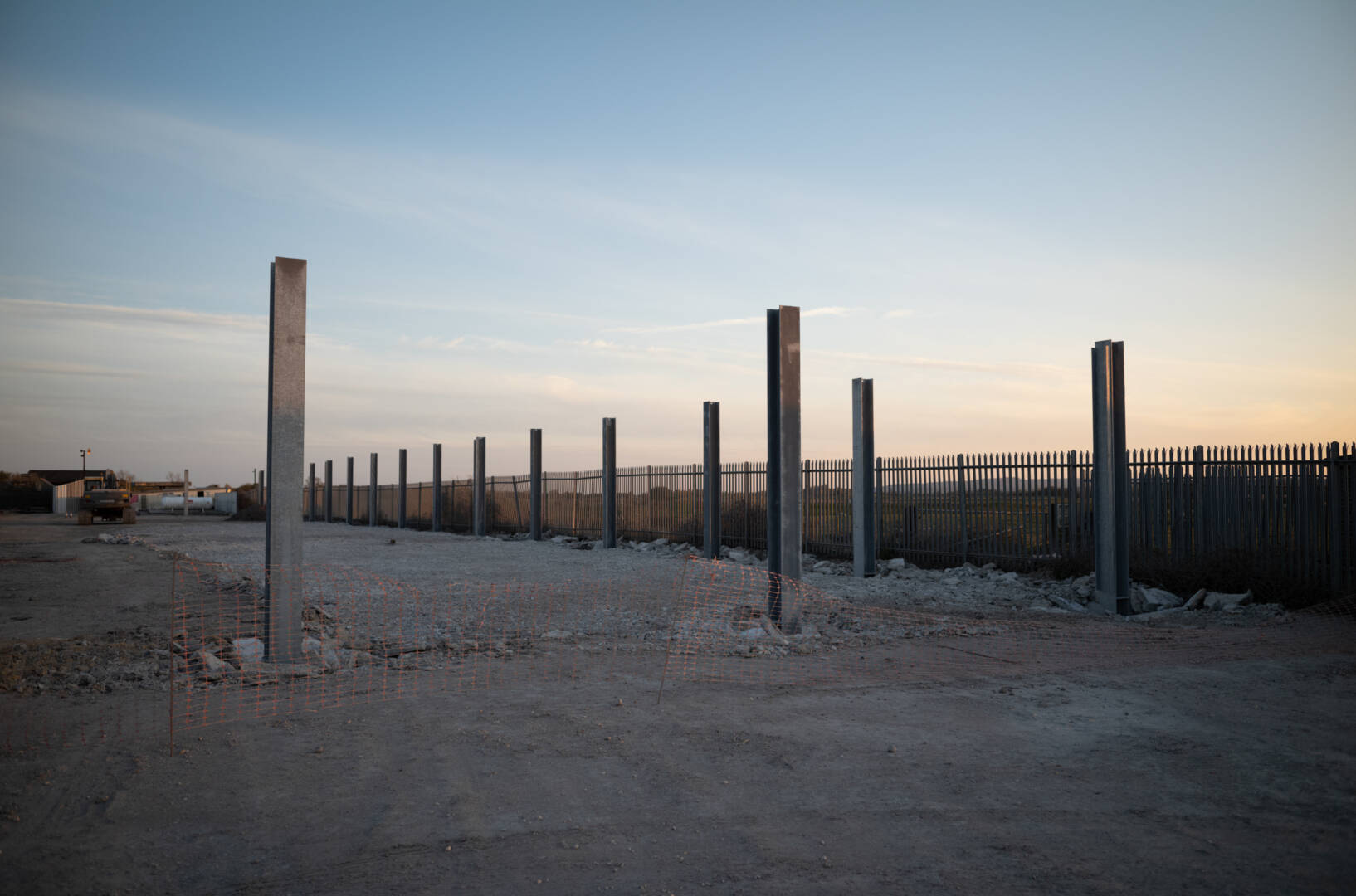
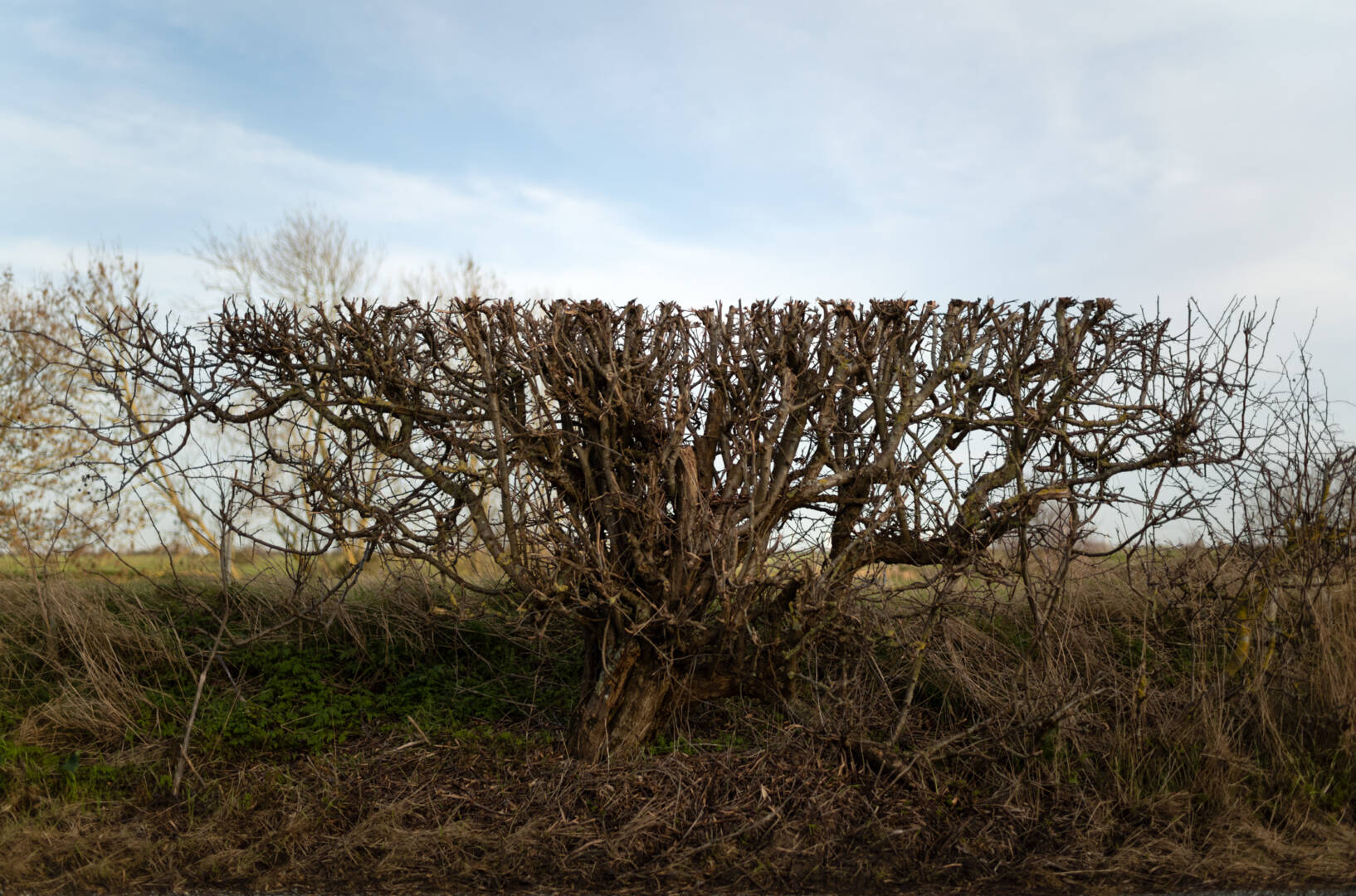
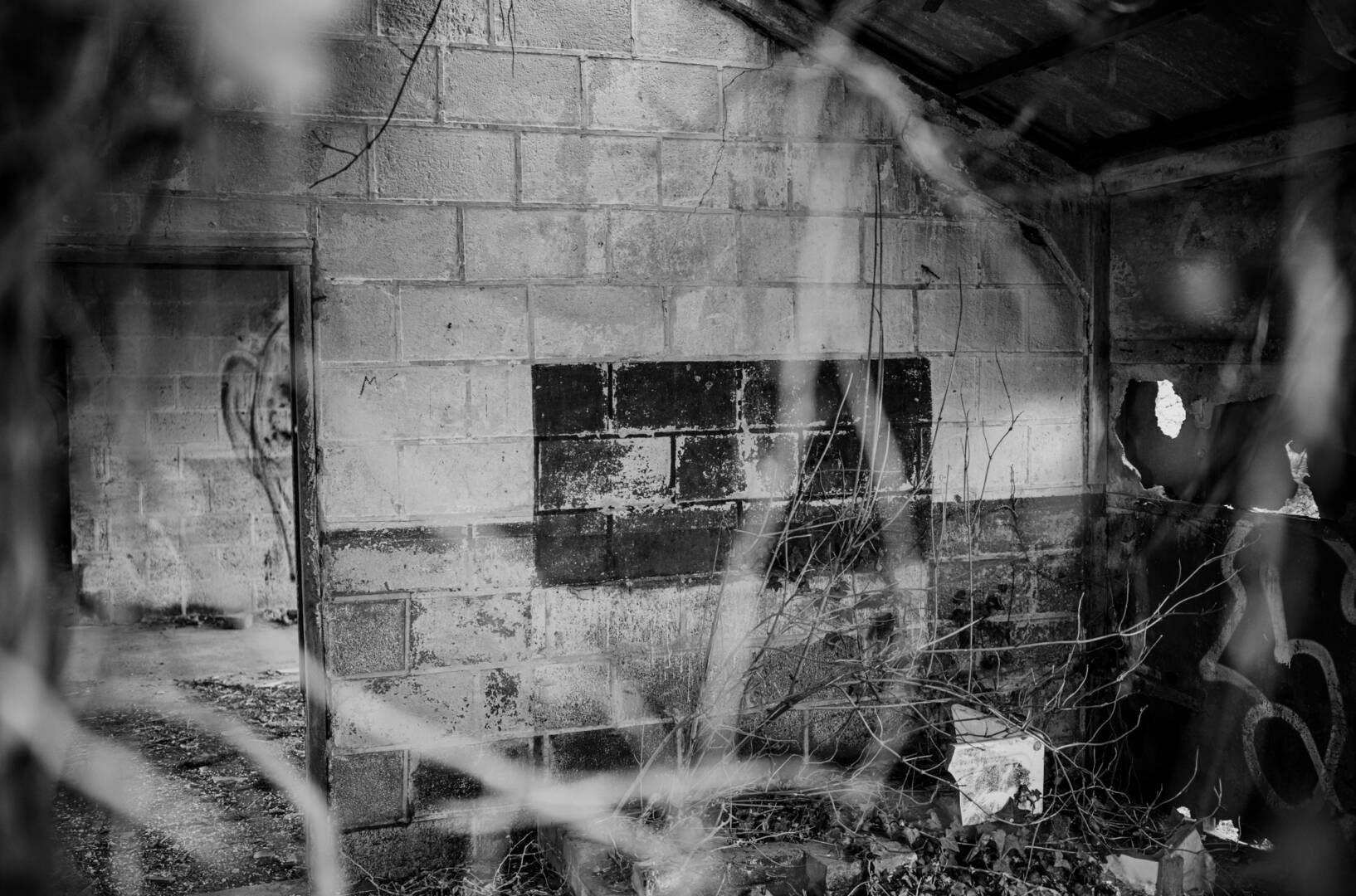
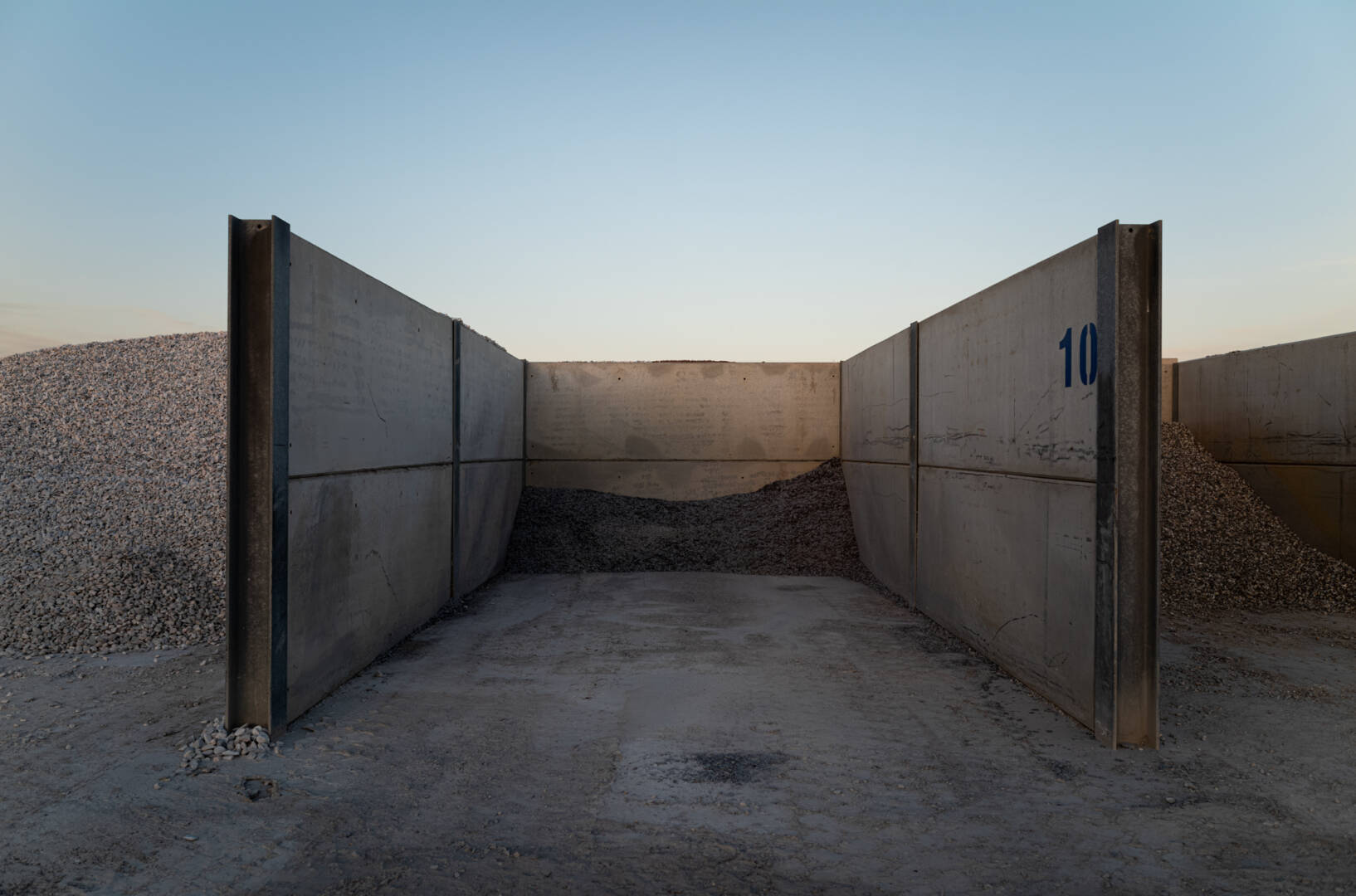
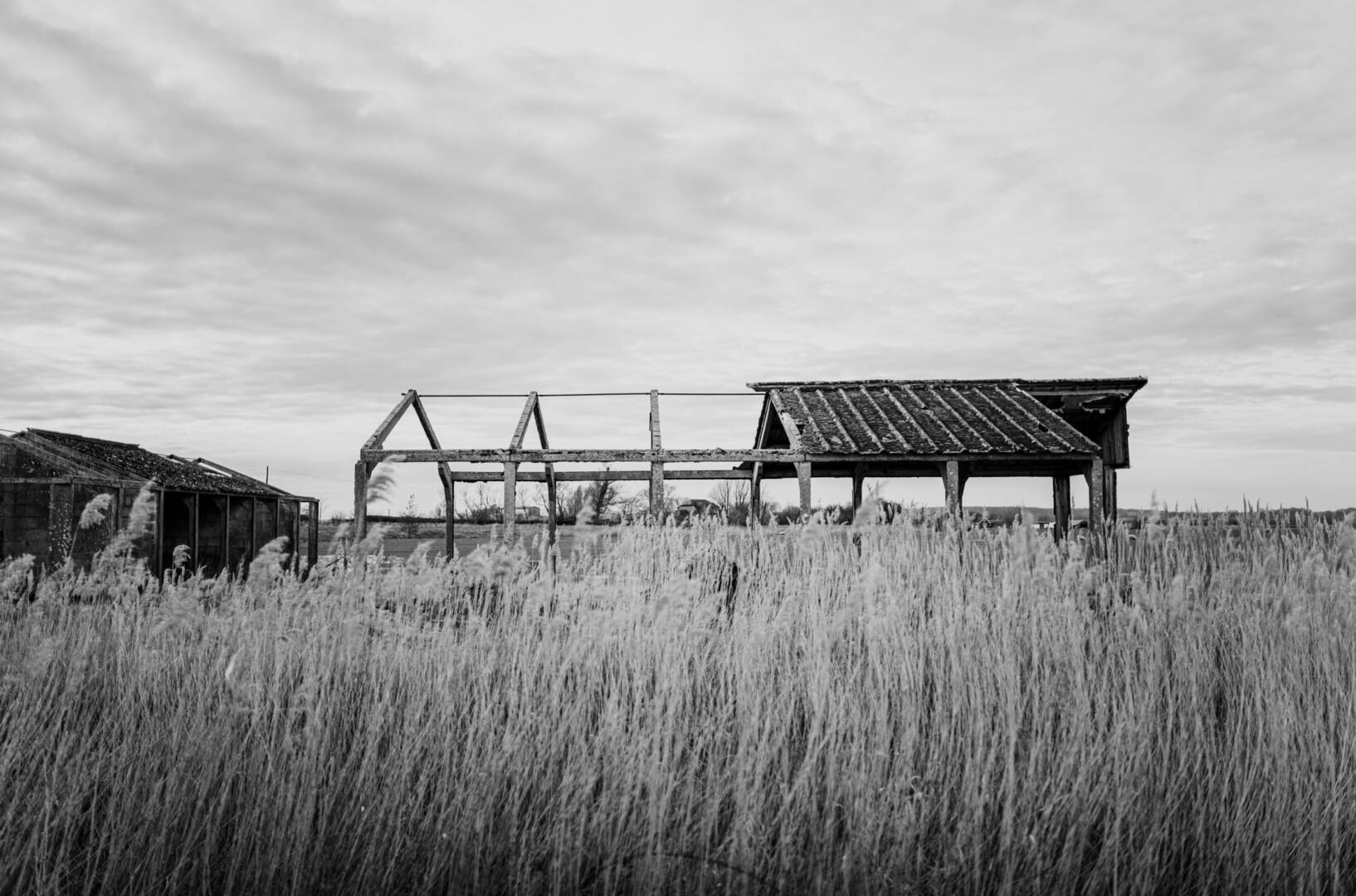
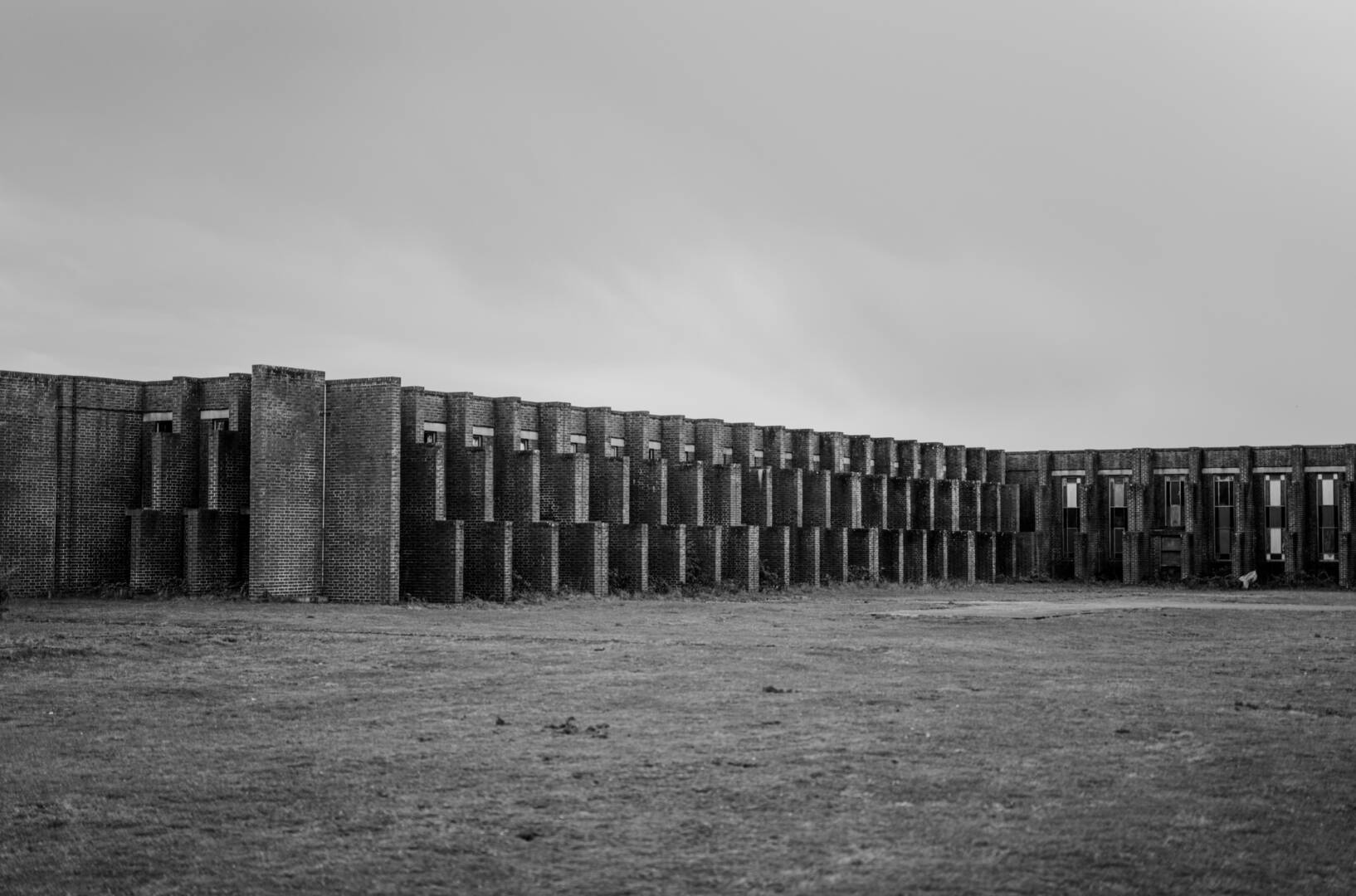
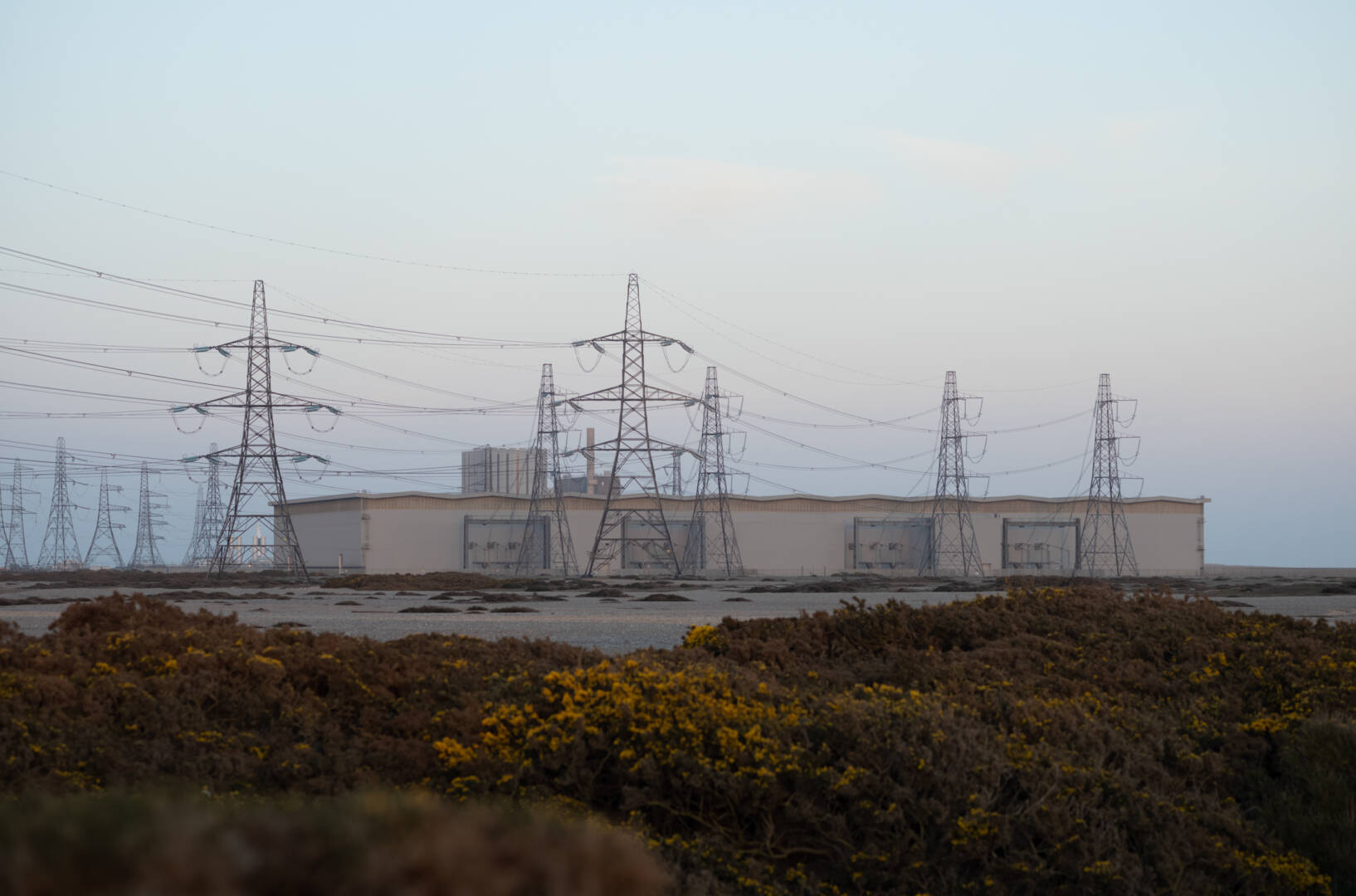
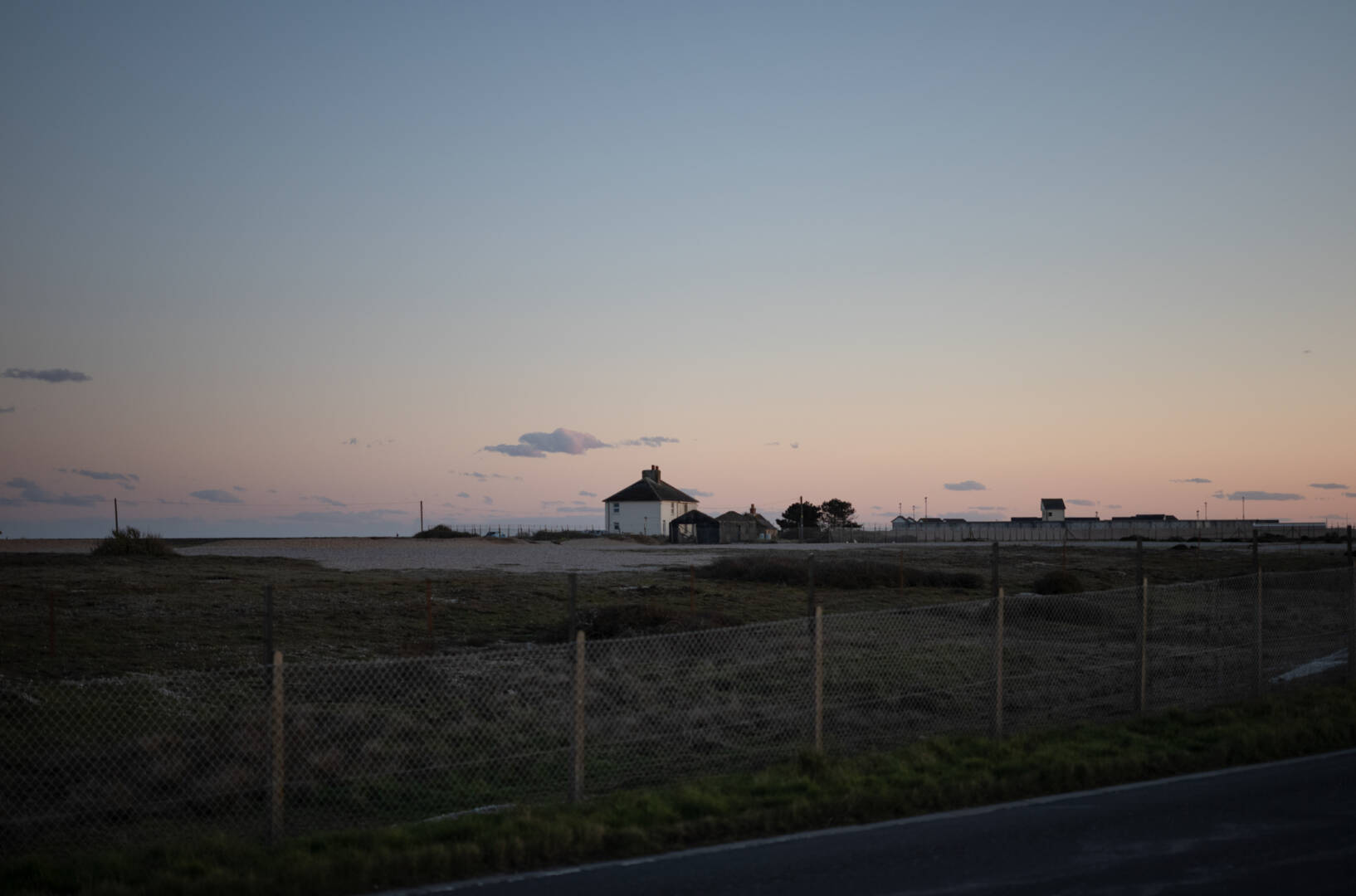
I’m sold! Beautifully articulated. Currently a working pro (Canon) who likes the idea of unburdening myself of kit and then made the potentially expensive mistake of downloading an m10r file…
Can this beautiful camera meet the mark in a rigorous commercial environment I ask myself? Can I ‘make’ it work in such an environment? And then there’s the m11 or SL2 but I seem to like the m10r files better ..
Decisions ..
What do you find in the M11 now – more wow IQ? more practicality “touch”, UI, bottom plate, speed, memory, the choice to shoot 18MP, lighter weight, basically you have to buy the M11 now reading your review.
Or do you wait for the M11-P, so then:
– all bugs are sorted
– finally the EVF becomes like a RF with frame-lines in the eRF-view mode?
– and the frame selector works optical and electronical for the eRF-view mode?
– because it then allows the pre-set of your sweet-spot resolution within context
– allows to faster save photos into internal memory and automatically backs them onto the memory-card and cloud as an independent process to avoid blocking of shooting fast
– re-introduced metal bottom plate with opening for battery and memory-card to have best of both worlds (brass, usb, battery, mem switching) with a tripod plate
Hello Roderick. This was a great read that it raised a great many questions relating to gear and existentialism in photography. Was increased resolution the prime determinant ? Or the highest resolution possible in Leica rangefinder body ? I do not know if it would be sacrilege in mentioning the fujifilm GFX system in this context. I rarely subscribe to groupthink but David B raised a chord in my thoughts. I’m querulous too. This was a good read though. Thank you.
A thought provoking article is a good article. Clearly you’ve succeeded in doing this, Roderick. Generating a range of emotional responses is what art does. Well done.
Whilst I couldn’t identify or bond with a number of the images, I do very much like the combination of simplicity and complex emotion in two of them – No.3 Lydd on Sea, and Dungeness near the end. They strike a chord for me. Why? I dunno, I’ll need to think about that. Thank you.
Well, I’d already read this article on Roderick’s website (his website is excellent, as are his other articles). Both he and Michael had the decency to ask me whether I minded the JMMDI bit (of course I love it!).
I think he’s a magical writer and photographer, and he portrays a fantastic mood of desolation in the countryside around his home.
As for the M10-R, it’s hard to know whether the lovely results are a function of the extra MP or just a fantastic sensor design?
Thanks Rod – enjoyed it all over again!
Indeed David B, I am forlorn, I do find bleakness in life, and (as a symptom of my attachment disorder) I am considerably more attached to a piece of hardware than finding delight in life.
But the pictures are really sharp.
Thanks for your insights.
Roderick
Your images made with Nikon film bodies are phenomenal. One wonders what making this set of images has done for you. No criticism here. Perhaps those viewing this are seeing it from a viewpoint of a viewer. Sometimes the photographer need to be fulfilled as well. Not just the audience.
Your comment struck a chord with me: “One wonders what making this set of images has done for you”.
I went to the theatre last month, to see a play written by someone I know. I’d always thought of plays as entities existing on their own: an author writes words, you buy a copy of the words – either to read or to perform, you go to see a performance ..maybe Shakespeare, or Arthur Miller, or Joe Orton, or Oscar Wilde, Sarah Kane or Snoo Wilson, or the Knee-high Theatre Company.. and that entity is acted out for you.
But sitting beside Winsome (..the author ..last month) at the performance of her play, was something different: it was as if I was seeing right inside her head ..her invisible thoughts were being acted out in front of us all in three dimensions: her intangible thoughts were being made physical. I’d never had that connection with a playwright before, but only – previously – with whatever works they’d created ..never before with the creator of the work. Never before with the thoughts inside the creator’s head.
So I can see now that photography can be an actual performance of thoughts within the photographer’s head ..that had never occurred to me before ..so thanks, Baladino.
.
It’s a pity. All I see is ‘dismal’, ‘forlorn’ and ‘drab’ ..except for the chopped off “Rye” tree, which looks surreal.
And I think “40 megapixels? ..I could do that with 6 megapixels and no-one would be able to see the difference” ..especially not on a computer display (mine’s a 13″ laptop with a display of 1440×900, which is 1.3 megapixels) ..and on my display – I don’t know what Michael’s software (or yours, Rod) does to these photos – it’s all very slightly unsharp and sort of ‘smeared’ and rather indistinct.
I read that you “..have the privilege of choosing and using kit that makes (or lets) me feel like an artist..” and you “..value feeling bonded to the instrument I take out to encourage those Zen moments where the light, the subject, my heart, hand and eye join up to make something that matters – to me”.
B-b-b-but I just don’t get it. If photos say something about the photographer – as they should do, otherwise they could well be just random shots taken by robots – these seem to say that you’re forlorn, you find bleakness in life, and that you’re more attached to a piece of hardware than finding delight in life.
And many of these, like the pylons in “Dungeness”, seem out of focus. Surely, if you’re showing us the thin, fine structures of pylons they need to be sharp ..especially with 40 megapixels to play with! But I don’t know if it’s the compression that’s used to squeeze 40 megapixels down to about 2 mpxls for display here, or if it’s the photographer’s conscious choice to make pylons in the misty distance purposely out of focus ..or what. In other words, apart from the top-chopped-off tree, ‘I don’t know what I’m looking at’.
I’m like the boy watching the emperor going past in his new clothes ..”what am I seeing?” I think we’re only going to see 40 megapixels’ worth of photo if these are printed onto large pieces of paper ..but never ever on a computer screen.
I’ve looked at these again and again, and I still don’t know what I’m looking at. Is it ‘exultation in drab loneliness’ ..or what? ..Please do tell us, because I just can’t figure it out..
Yours querulously,
David.
Thanks David. I was trying to think of something interesting to say about this article and, like you, in an online article like this I personally cannot see the difference that additional Mps might make. As for the question of whether photographs should tell us something about the photographer or something about the subjects, we could spend a long night discussing that subject. When I look at a photograph by Cartier Bresson or a painting by Picasso am I really concerned about the artist’s frame of mind at the time of creation, which would largely be pure speculation on my part, or should I concentrate on the subject matter of the work ?
The subject matter of Roderick’s photographs here largely consists of what might be described as ‘brutalist’ subjects, particularly the derelict buildings or parts of buildings. As such, my personal view is that such material requires any photography of it to be of the same ‘brutalist’ or ‘bleak’ nature to bring out the essence of the locations which are partly created by the ruins which occupy them. I don’t know these places, but I do know places like them on my side of the pond. I get a sense of place from Roderick’s photographs and to that extent he has succeeded in engaging with me.
As for sharpness, I am with HCB all the way on this topic. To my, much operated on, eyes I see nothing unsharp here, but to me that is not the most important aspect of the photographs. These photos could, perhaps, have been taken with a good quality smartphone and the only downside of that might have been the post-processing possibilities, but a lot is available these days for processing images taken with mobile phones.
The least interesting aspects of the article, for me anyway, are those concerning the choice of camera. I never ask any photographer what camera/lens they used to take a photograph as with a good photographer this should make little or no difference.
I’ll leave it at that.
William
Dear William, David and Roderick,
I read this controversy with growing interest. I can’t see a “right” or “wrong”. I personally like Roderick’s photos because I am somewhat fed-up with all these shiny happy people on instagram and other channels. Probably it is also because I shot to many people in the last decades in my job that I quite like the “nature more” approach. Roderick’s images of loneliness are a strong contrast to this superficial so-called social media that I personally appreciate. Thanks for sharing, Roderick.
If a photographer’s images are an expression of what he feels (or, at least: sees, finds important), than Rodericks’s imagery tells me something. Same for your writing, Roderick. I enjoy it. Of course, this article is no review. I read it as an essay; as an attempt of somebody who seriously strives to explain something to himself and to his readers.
Everyone have their own journey, yours, Roderick, was guided by your new M10-R. So what?
I hope to get one of Roderick’s articles now and then in the future. They are one of several reasons why Macfilos in its “eclectic mix” (Mike Evans) is so unique. Streamlined stuff you get everywhere. On Macfilos, I find articles to think about (and, at times, to disagree).
Just my thoughts.
Jörg-Peter
Hi David, and William
I would recommend you go to Rod’s site and read his article ‘But Why’
https://roderickfield.com/but-why/ (and then most of the rest of the articles)
it might not answer your questions, but it just might.
All the best
Jono
Well there, on Rod’s site, in “ruckhaltlos”, the same photos are far bigger and look sharper and clearer, and have more ‘presence’ than in this teeny format in Macfilos. But the lone white house in that set and above doesn’t look anywhere as clear and sharp as the lone white house in his set “but-why”.
You know which I love best? ..‘Eddie’s Hands’ ..it’s an engagement with people, or a person (..and some material..) instead of Rod feeling sorry for himself. It’s got clarity and purpose!
I think Rod needs a new commission to get working on ..commissioned by someone else, to deliver some pics.. rather than just brooding and leaving his mind free-wheeling..
Thanks, Jono.
What a great article, but since Jono convinced me to go with the Q system, I am saving for Q2 M. I can appreciate and drool over the M10R but I am going stick with Q system, suits me better. Before I forget I really enjoy your Insta.thank you!
It was worth Leica producing the M10R for the hilarious start to your article! And of course the marvellous pictures, which to my discredit I sit here lazily viewing on my laptop instead of getting out of the sofa and going to the big screen in the other room. Now I shall have to go to some other site to get the low-down on this wonder – which will never get past the domestic finance committee! But then that’s what all M’s are for here – reading about. A real pleasure.
Very enjoyable reading even for an already converted. Kind regards
Jono Slack, decimator of the wallets of many.😂 I am sure that many have used that excuse to explain extravagant purchases of strange new gear.
Great article Roderick. My personal journey in photography suggests that we do not truly need much more than 16MP, and I have still to convince my wallet, despite Jono’s best efforts to part with anything above.
Sorry Jono – this is all a little leg pulling of course.🤔
Hi Dave
I’d be very sad if I thought anyone spent money they couldn’t afford on my say-so. 😥
As for leg pulling, Roderick is the expert! 😂
You’re wrong about 16mp though – as a final image you may easily be right, I can remember articles years ago ‘proving’ incontrovertibly that anything 12mp on a full frame sensor was meaningless . . . . and now we have that much on phone sensors (which produce cracking images – Silas and I had fun making grand A3 prints from the iphone 12 pro).
But I think it’s about sampling – and for me it also makes it easier to use a single prime when shooting and crop where necessary.
Great write up of the M10R.
Also, my thanks for your recommendation of the grip a few weeks back. Mine should be delivered today or Monday.
Sadly, black walnut wasn’t an option, only regular or aged (went with the aged).
Highly entertaining and lyrical praise for the M10 R Roderick. I’m sure that Mr Slack accepts responsibility for many acquisitions mediated through this site with equanimity. He’s ceaselessly, selflessly, impartially introduced the recent best output from Leica. Great to see someone enjoying the benefits of the new sensor for reasons other than resolution ‘gain’.
He can certainly be held liable for the 75mm f/2 APO Summicron sized hole in my bank account, and almost got me on the M10R, though after trying it and the M10M, I ended up with the Monochrom, which itself came onto my radar though his review.
Come to think of it, Jono has been very damaging to financial well-being.
Andrew
I’m really sorry about the 75 APO hole in your wallet . . . . . . but wasn’t it worth it?
Hi Darrel
I’d hate it if I thought I’d persuaded anyone to buy anything wrong . . .
Rod and I have discussed the M10-R at some length, and both agree that the sensor is wonderful – but not because of the resolution (which I find useful, but I think he doesn’t).
all the best